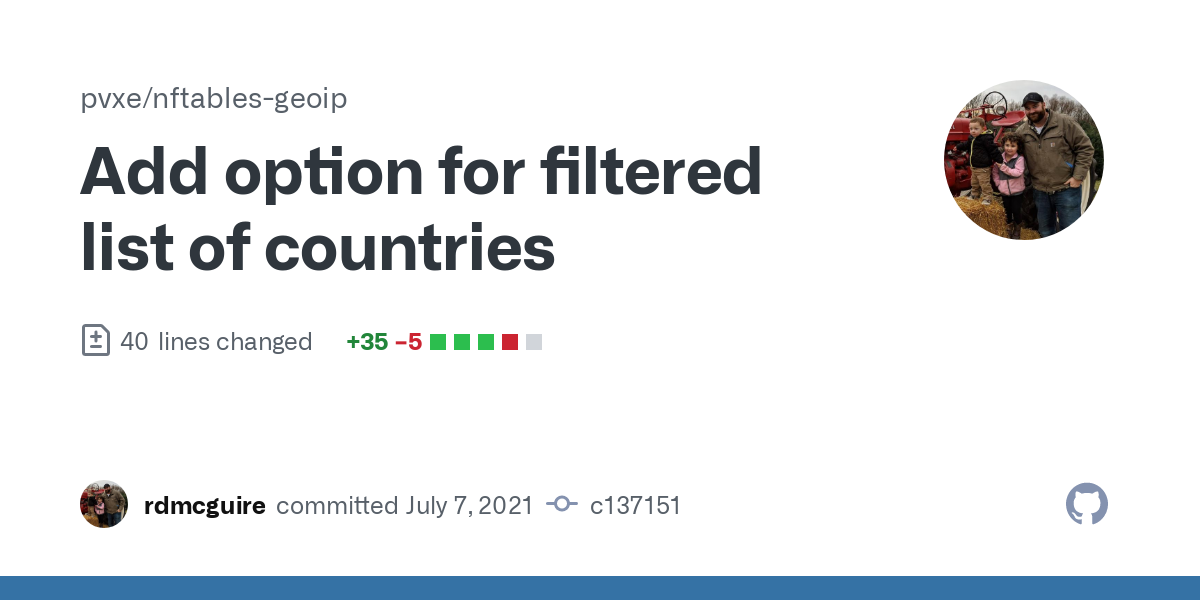

Sure, let’s make more experimental, untested vaccines that may result in even more oncology cases and all kinds of heart conditions. What can go wrong.
Look, I’m all for developing new stuff and progress but things need to be done the right way, not like this. Don’t you see that pharmaceutical companies used COVID as an excuse to “prove” that mRNA was safe and now nobody can every object again to mRNA vaccines?









What part of at what cost are you not getting? This is nothing with denying vaccines, there are real concern when it comes to mRNA vaccines that were simply ignored in the COVID panic. And now with all the fuzz made by COVID and the subsequent panic and mass vaccination nobody can really study or discuss the side effects properly.